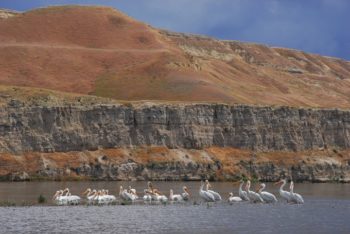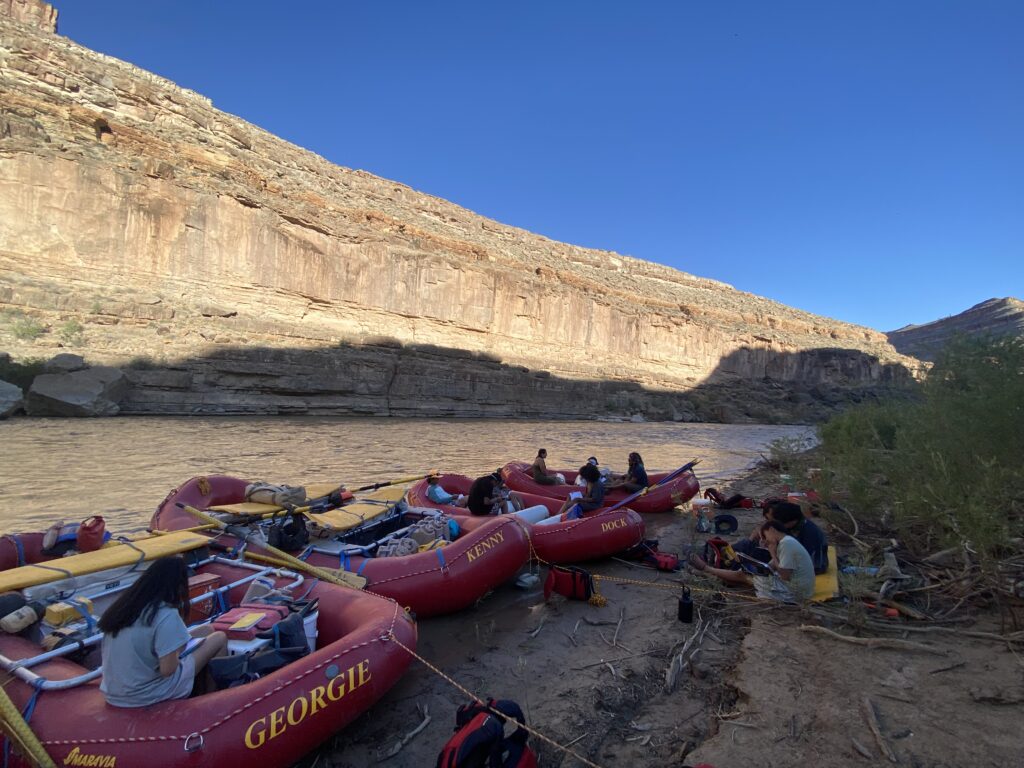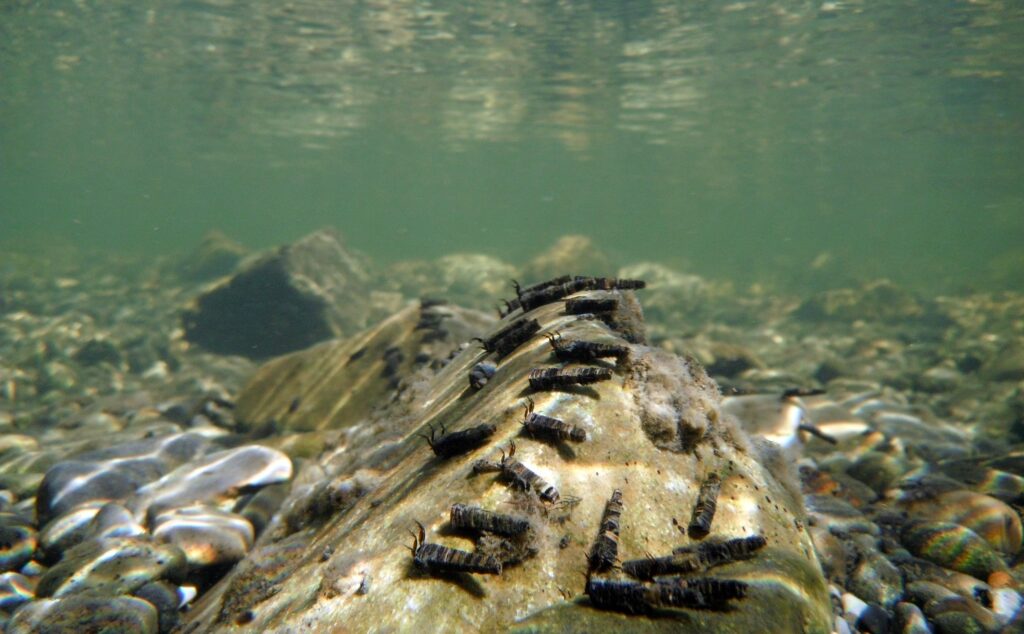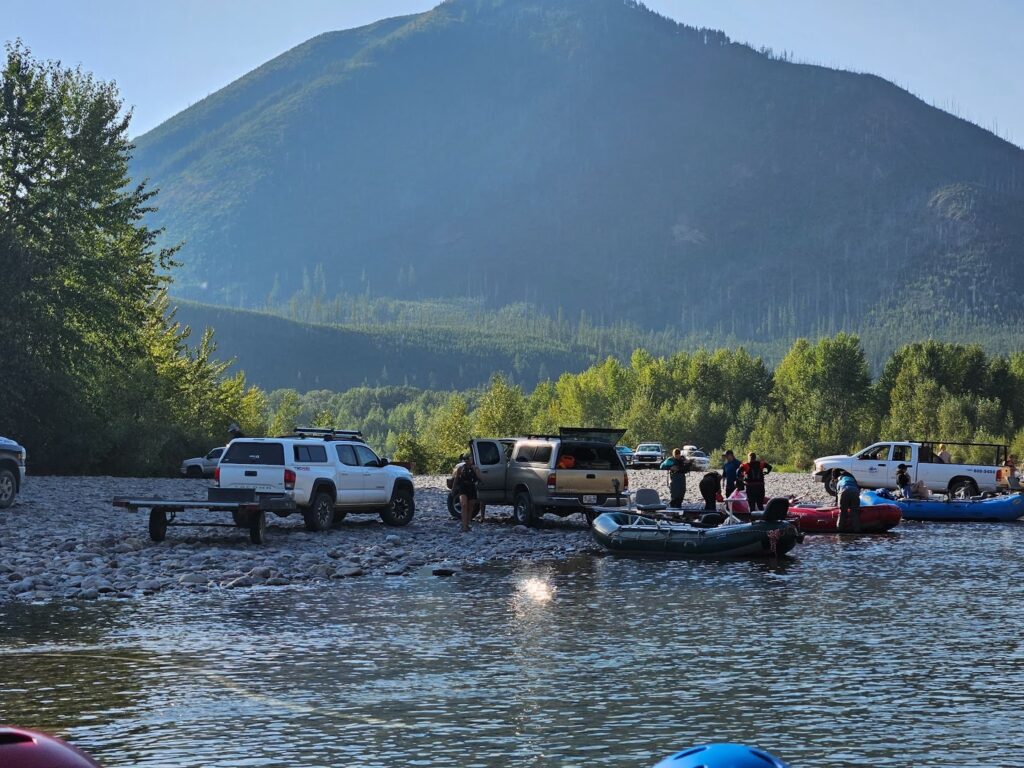Protecting the Hanford Reach National Monument
President Trump recently ordered an unprecedented review of more than two dozen national monuments with the aim of potentially reducing or revoking protections. The Hanford Reach National Monument in Washington is under threat by this “review”.

National Monuments are selected by the President from tracts of existing public lands to preserve landmarks, historic and prehistoric structures, and objects of scientific interest. The President has this power under the Antiquities Act, which Congress passed and President Teddy Roosevelt signed in 1906. Congress delegated the power to further protect parts of public lands because even then, it could be difficult to move preservation bills to the President’s desk.
But, unfortunately, President Trump has issued an executive order calling for a review of National Monuments designated under the Antiquities Act. Following the order, The Department of the Interior announced a public comment period for 27 specific National Monuments designated in the last 21 years. This review is unprecedented and unnecessary, and we encourage you to speak up in defense of these important public lands. The deadline to submit a comment is Monday, July 10th.
The Hanford Reach National Monument in Mattawa, WA, one of the monuments under review, includes the last free-flowing stretch of the 1,243-mile Columbia River above Bonneville Dam and is home to the largest run of Chinook salmon in the lower 48. One of the highlights of the Monument, the beautiful and iconic White Bluffs, was formed millions of years ago and contains a wealth of fossils, including mastodons, camels, zebras and rhinoceros. In addition, the area has a long and rich history of Native American habitation and use and is culturally significant to tribes throughout the region. More than 150 registered archaeological sites are found within the monument’s boundaries.
The Hanford Reach is also a popular destination for many types of recreation and exploration. Public use of the monument has grown from less than 20,000 visitors at the time of designation to 43,000 annual visitors today. It is a local and regional destination for waterfowl hunters and salmon, steelhead, sturgeon, and bass anglers. It has grown in popularity as a destination for kayaking and canoeing. The Hanford Reach National Monument Vision Statement states that the “monument is a natural gathering place to learn, to experience and celebrate cultures, where stories are protected and passed on.” Recreational experiences provide important learning opportunities to continue to tell these stories from one generation to the next.
In June 2000, President Clinton created the 195,000 acre Hanford Reach National Monument to preserve its unique natural, cultural, historical, scientific, and educational asset for all Americans, a tailor-made case for the Antiquities Act. The designation took place after over ten years of studies, reviews and community input from federal, state and local agencies; local organizations representing a variety of interests including American Rivers; and private landowners living along the Reach. President Trump’s Executive Order and the Department of Interior’s review of the Hanford Reach National Monument is unnecessary and a waste of tax-payer money.
We urge you to submit a comment in favor of keeping the Hanford Reach National Monument as it is. Sample text is provided below but please note that unique comments in your own language will have a greater impact than copying and pasting the below bullet points. We encourage you to personalize your comments.
[su_button url=”https://act.americanrivers.org/page/1234/action/1″ background=”#ef8c2d” size=”5″ center=”yes”]Take action before July 10th »[/su_button]
Here are a few important points to touch on in your comment, if you’d like guidance:
- Reference your own experience at the Hanford Reach National Monument. Comments that can speak to the “objects of scientific interest” that define the Monument including the shrub-steppe ecosystem with a diversity of plant and animal species, geology of the White Bluffs, bird habitat, spawning habitat for fall Chinook salmon, or Hanford Dune Field are especially helpful.
- Reference the importance of outdoor recreation in protecting the Hanford Reach National Monument by providing experiences that promote a culture of stewardship for this place. The 51-mile Hanford Reach is the longest wild and free-flowing section that remains of the entire 1,234-mile Columbia River. It is a popular destination for paddlesports enthusiasts, anglers, botanists, bird and wildlife watchers, and more.
- If you have a personal perspective or participated in the public process that included proposed legislation for wild and scenic designation of this reach and ultimately led to National Monument designation, please include in your comments.
- Urge the Department of Interior to protect the integrity of the Antiquities Act, which has been used by Presidents of both parties for over 100 years to protect some of the most amazing cultural and ecological sites that exist in the country.





